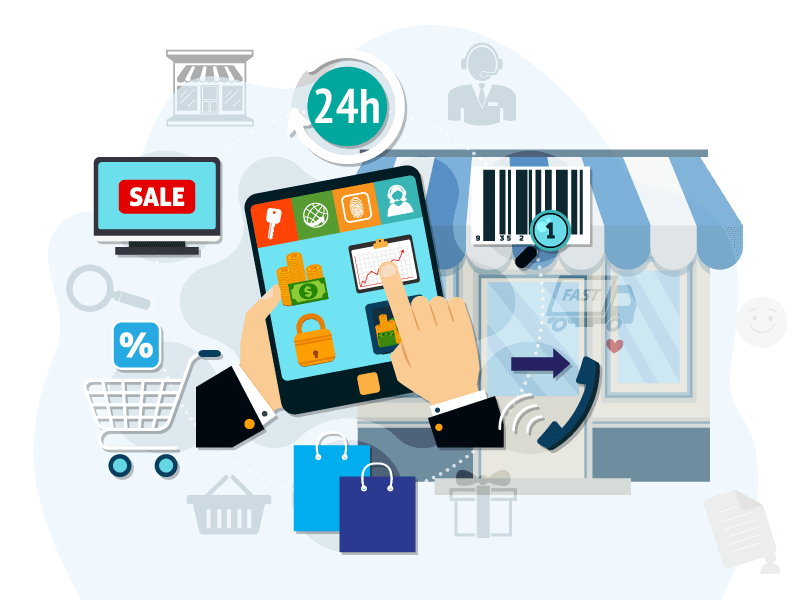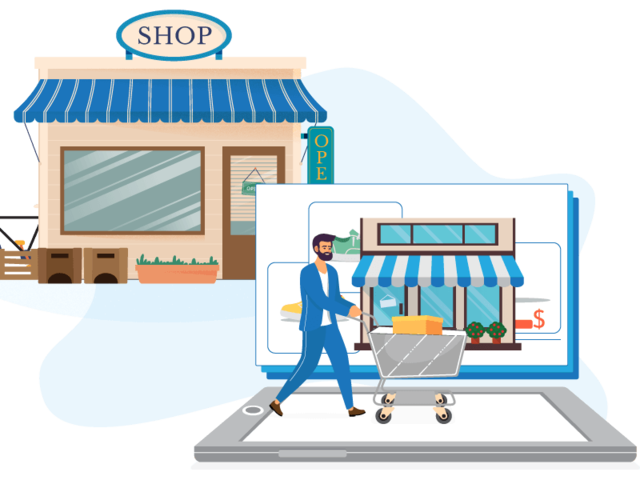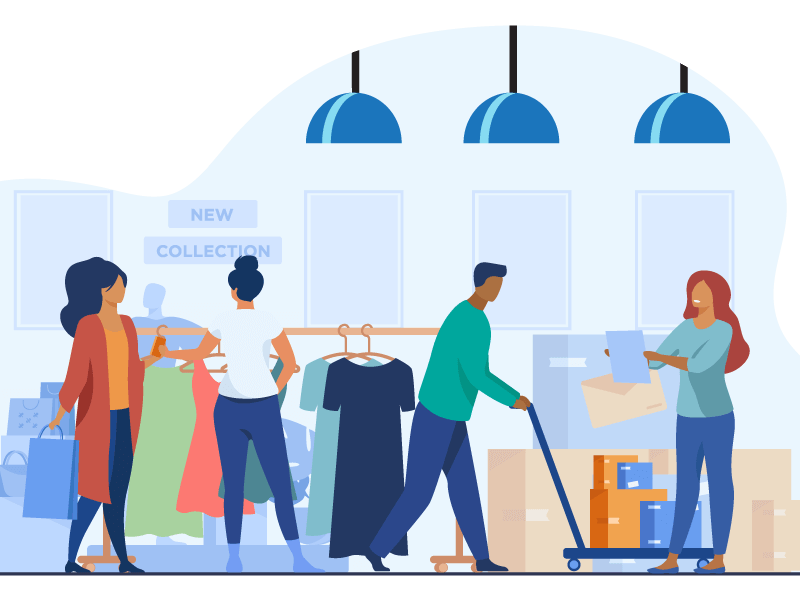
A large number of retailers are considering to shutter-down their physical shops entirely and selling selected inventory online, using online-to-offline commerce (O2O). The reason for such a change in the mind of retailers is caused due to the pandemic-induced supply chain chaos and the constantly evolving consumer habits.
Retailers need to reconsider their business model and think about adopting new strategies and techniques to future-proof their retail operations. Online selling brands have become more popular than ever before, as millennials and Generation Z consumers prefer them over all others.
Even though typical store owners are considering shutting down their physical storefronts in favor of entirely selling online to save physical store costs. However, this may not be the best approach for most retailers, as the option of O2O Commerce Implementation falls more in favor of the retailers.
According to Delaney, the retail industry consultant of Zebra Technologies has 20 years of industry experience globally with large retailers. The thought of completely shuttering the storefronts of physical stores is not a smart choice for retailers. Large companies might be able to survive on the internet but small businesses always need extra support.
Challenges of Adopting to O2O Commerce Entirely:

The digital world is progressing in an incredibly fast space and although transforming a brick-and-barter business seems to be a popular trend. However, the transition from in-store shelves to digital displays isn’t an easy task for most brands.
The path of native digital brands has a competitive advantage on retailers, as they were primarily introduced to provide digital services. Traditional retailers on the other hand may face several challenges. Therefore, entirely shuttering down storefronts won’t prove to be helpful, as they offer Consumer Packaged Goods (PCGs) unlike digital services.
There is a wide range of consumers that prefer physical stores, as they get the option of inspecting products before proceeding with the purchase. A physical store presence allows people to eliminate the possibility of inaccurate sizing, manufactural flaws, and product scams.
The best course of action for traditional retailers is to maintain a physical store along with digitalized awareness, which is possible via O2O Commerce Implementation. It is an effective way of providing tangible goods with a digital voice. Using this technology, retailers can drive consumers to their brick-and-mortar stores through digital marketing.
Digital Shopping Vs Physical Stores:

Mark Delaney also commented on the DTC strategy being a widely popular approach but not the best one. Digitalized shopping has without a doubt spread to a whole new level and most people prefer buying online but it is limited to some products. Other products require a physical existence where consumers can get a hands-on inspection experience.
The whole philosophy of store merchandising is based on foot traffic, as products are placed in a way to draw consumer attention and the consumer ends up buying more than initially intended. Hence, the leverage physical stores have over ecommerce stores.
Online stores might be resourceful in providing a significant level of convenience to the user but it is difficult to shop 100% online. Digital stores have their pros. Whereas physical stores have there and the best way for retailers to future proof their business operations is by O2O Commerce Implementation.
How Does Transitioning to O2O Commerce Impact Physical Retailers?

Before the pandemic, the estimated purchases for grocery goods online was as low as 2% and as of now, it has increased about 30%. Traditional retailers did not have to develop any skills for fulfillment before the pandemic. Anyhow, because of vastly progressing ecommerce stores, physical retailers have the need to provide 10 times or even better fulfillment services than they did before the pandemic.
The best way for retailers to progress in the constantly evolving consumer market is by providing better fulfillment options such as automation of relevant products. People were never fond of buying goods such as canned goods, boxed eatables, cereals, etc. Thus introducing a way to automate these categories is a sure future-proofing technique.
How Can Retailers Future-Proof Their Stores?

The first thing that retailers need to do for future-proofing their stores is by adopting the modern evolution of business and stepping away from the pen and paper approaches that are being used for centuries. Retailers must never forget the fact that they are competing with a rapidly growing online market and they need to use technology if they want a fighting chance in the industry.
Along with adopting technology for efficiency, a business is required to manage its employees via a dedicated network, where they can be monitored, evaluated, and trained for the best customer experience.
Besides adopting technology and improving employee performance, retailers can try implementing physical and digital automation for better end-user convenience. Physical stores can also introduce curbside pickup services. These services allow consumers to place an order online and collect their order from the store physically.
Bottom Line:
In the midst of supply chain chaos, traditional retailers are facing considerable challenges due to the evolving buying behavior of consumers. Therefore, they are in need of better ways for future-proofing retail operations.
Implementing O2O commerce allows retailers to keep their physical stores open along with targeting online customers. It is a way of giving a digital voice to physical goods. Retailers need to adopt new technology for better efficiency and evolution, so they have a better chance of rising above online businesses.

